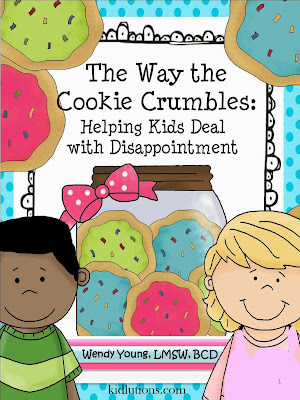The Care and Keeping of an Angry Child
The Care and Keeping of an Angry Child
How you treat your angry child has a huge influence on how he views intense feelings and how he views himself. Respond to anger with compassion. "How does one do this?" you ask, knowing the visceral reaction you sometimes have to your screeching, screaming, fist pounding and stomping youngster. It's pretty simple if you remind yourself of three basic things when your child starts amping up.
3 Ways to Keep Your Cool When Your Child is Anything But
Just Breathe
Maintaining deep and steady breathing is essential to you keeping your cool. When we get upset, we tend to breathe in a shallow manner, which exacerbates our own stress response. Calm, cool and collected is the name of the game. You can only do that when you are breathing properly.
Self-Talk is King
Remind yourself that you are the bigger person in the bigger body with the bigger brain. Your job is to keep your head in the game, and this task gets increasingly more challenging when you are saying things like,
"This is driving me crazy."
"I can't take this!"
"He's trying to ruin my day!"
Don't take it personally. Your child is trying to learn how to manage big emotions. You are his main role-model. Show him how it's done with grace and dignity. It really can be done. The more you practice peaceful parenting, the better you will become at it. Really!
Emotion Coaching
Often, parents and caregivers are focused on getting the behavior to STOP. The noise, the intensity, the drama of it all. However, a crucial element is missing if we only focus on this goal. In order for social-emotional skill-building, we need to help the child identify and process the emotion. This critical step is a vital component in helping your child name, claim and tame the feeling in the future.
This conversation might go a bit like this:
"You are so mad you are kicking and screaming. Let me help you deal with this BIG, MAD feeling. Sometimes running helps. Shall we run in place together (do push ups, jumping jacks)?"
When your child is calmed down is the time to talk about what happened, how BIG his mad was (as big as he is, as big as the room, big enough to blow the roof off the house). Next you can problem-solve with him about what he can do the next time he feels so angry, so he has some options at his disposal.
For more ideas in helping youngsters deal with BIG ANGRY feelings, check out our Anger Toolbox for Kids. You can also join our Anger Toolbox on Facebook.
As always, from Kidlutions, we wish you Happy Parenting!
====================================================
COOL WAYS to HELP KIDS MANAGE ANGER
Our OWN Exclusive Resources!
Our most recent release to help kids with anger. Read all
It's here!
Find it here!
Some of the coolest techniques on the planet
These are the techniques I developed
to use in my own home with my children,
as well as in my office with thousands of children.
One of these techniques
was recognized by the
Michigan Education Association
as being in the top 10% of promising practices
in Michigan's Public Schools.
The other techniques have proven
themselves time and again
with countless children.
Find out more and get it at half price
for a short time!
SPONSOR SPOTLIGHT:
To find out how you can sponsor a post, go here!











Comments
-http://theartapron.blogspot.com/
Wendy =)
Wendy =)
Wendy =)